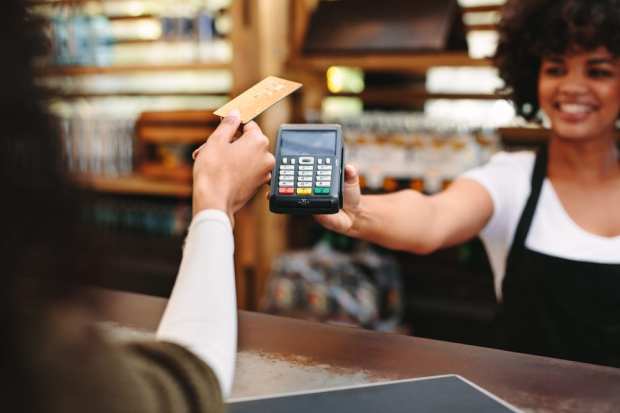Businesses Eye Virtual Cards As They Wait For Real-Time Rails

Payment innovators and governments around the globe continue to invest in real-time infrastructure to accelerate the movement of funds. The U.S., however, continues to lag in its rollout and adoption of real-time payment rails.
Yet some of the rails already in operation in the country today can indeed facilitate real-time payments. Card payments technology continues to evolve to help get funds to businesses and individuals instantly, and as Kealan Lennon, CEO and founder of CleverCards, told PYMNTS in a recent interview, this opportunity has plenty of applications for government-to-business (G2B) and business-to-business (B2B) payments — and beyond.
By bypassing the bank rails, Lennon said, organizations and government entities have the power to wield other technologies that have already garnered widespread adoption — including email and mobile devices. While these tools are typically applied to facilitate real-time consumer and peer-to-peer payments, Lennon highlighted a growing interest in B2B use cases outside of accounts payable.
Bypassing The Banking Network
The U.S.’s efforts to roll out real-time payments rails is a slow-but-steady process, yet organizations can benefit from infrastructure that is already ubiquitous to move money in real time.
“The problem that’s out there is you can pay somebody instantly, but getting paid instantly is a completely different matter,” said Lennon. “What we’re competing with are old payment methods, whether it’s paper or plastic, or even bank transfer — which is digital, but it’s not instant.”
Bypassing legacy networks, from banking rails to the postal service, is critical to accelerating G2B, B2B and other business-initiated payments. For CleverCards, that means wielding Mastercard’s card network, as well as email and text message, to enable government entities and large corporates to send funds to end users. Clients can send funds via virtual digital card to a beneficiary’s phone or email address, and that payee can use that card immediately.
Perhaps the most obvious use cases for the technology include real-time payouts to consumers in areas like insurance claims, rebates, airline refunds or rewards.
Yet increasingly, businesses are seeking ways to enable real-time movement of funds to their suppliers and employees. Lennon highlighted the opportunity to take advantage of cards’ existing ability to support custom spend controls and visibility for employers that need to manage employee spend — while also being able to link employees to funds in real time, whether using company funds or to reimburse employees for previous spend.
Lennon acknowledged that strategic spend in the accounts payable department is not likely an applicable scenario for virtual card technology. Indeed, these transaction values can be too high for debit or credit cards to support — AP departments have complex requirements for the workflows both before and after any movement of funds occurs.
Yet for nonstrategic spend for situations like cleaning services or airfare for a business trip, real-time virtual card generation can reduce the manual intervention and time it takes to pay a supplier or reimburse a worker. With gig workers expanding in the market, Lennon said, opportunities to pay those professionals faster are growing, too.
Setting The Stage For Adoption
Advancements in the technologies that consumers, businesses and government entities use every day have opened the door for real-time transactions, even with limited adoption of newer real-time payment rails.
“Mastercard is accepted everywhere. You’re not getting into paper vouchers or QR codes that work in some places and don’t work in others,” Lennon said. “When we talk about the digital distribution of payments, instead of going into the post — which is a network — we’re going by email. We’re not going from a company, via the banking network, to end up in your bank account.”
There are, of course, drawbacks to this strategy. While a recipient may be able to access and use funds in real time, they cannot land in that payee’s bank account in real time.
Yet for many underbanked individuals, professionals and even businesses, having the ability to receive funds electronically and in real time without a bank account can be a valuable proposition. Further, for those with bank accounts, not having to share sensitive banking details in order to receive funds is another attractive incentive.
Considering how much the U.S. lags in real-time payments innovation, Lennon said, it’s time for the payments ecosystem to wield the tools it has already to support innovation and progress.
“The United States is well and truly ahead of most countries in so many aspects of technology and business in general,” he said. “But one area where the United States is well behind other territories is in payments.”
